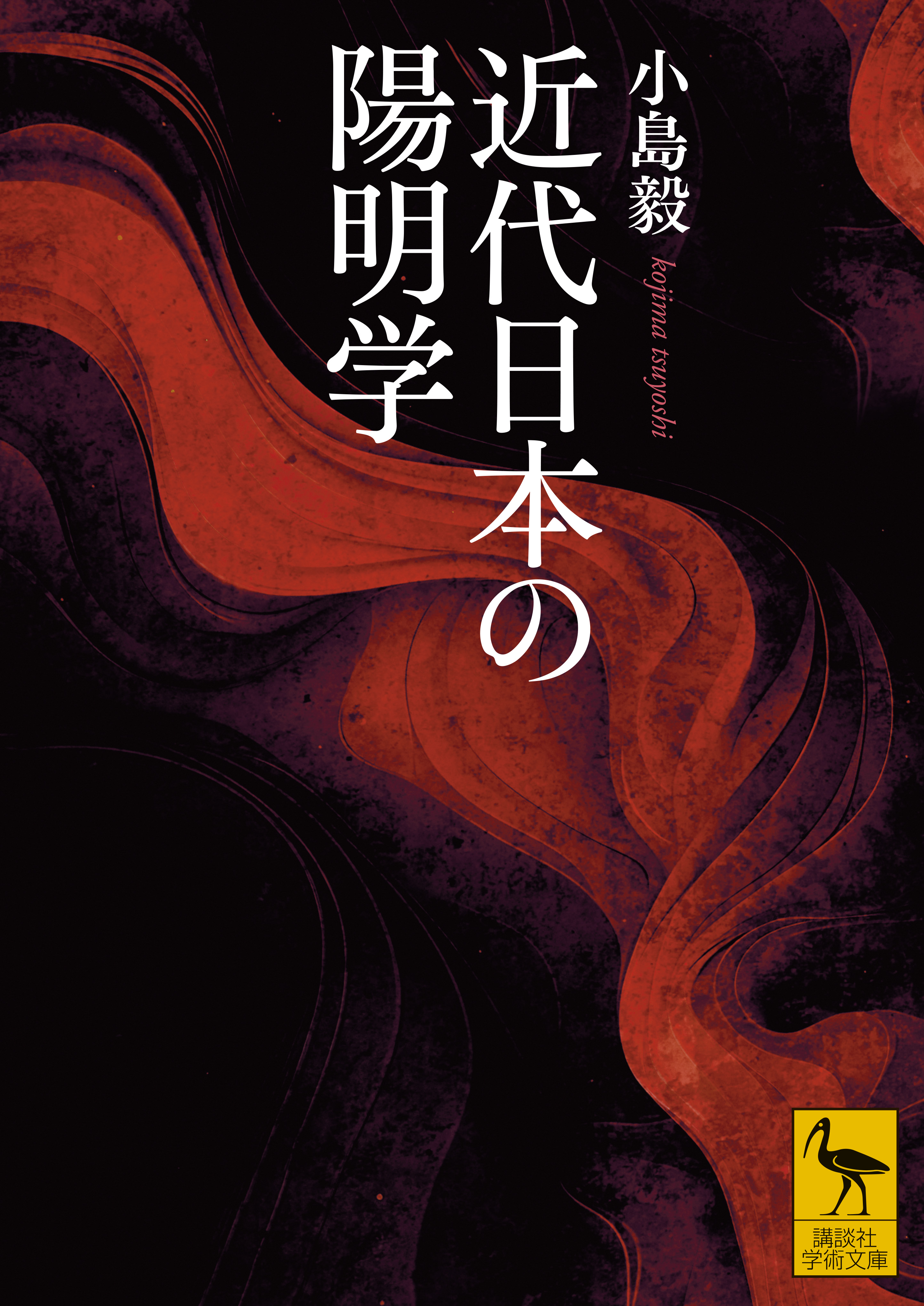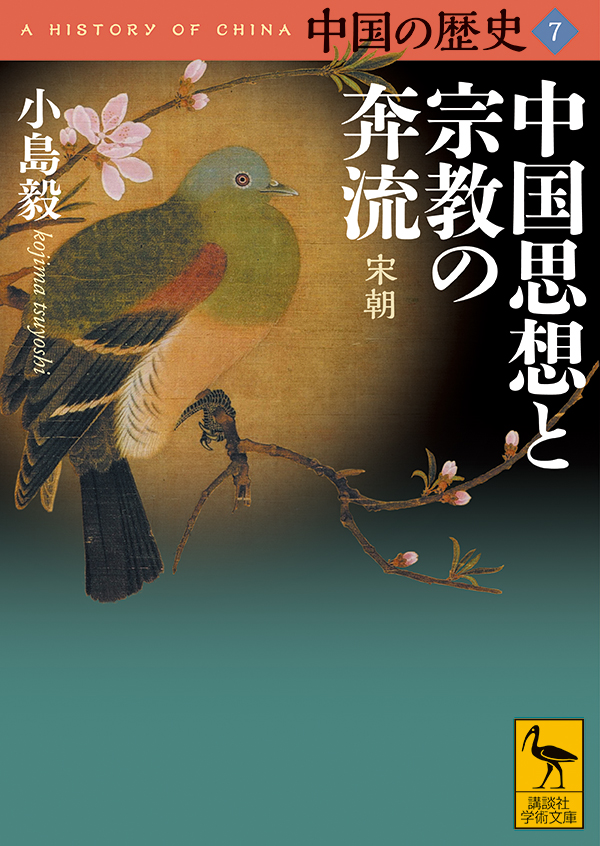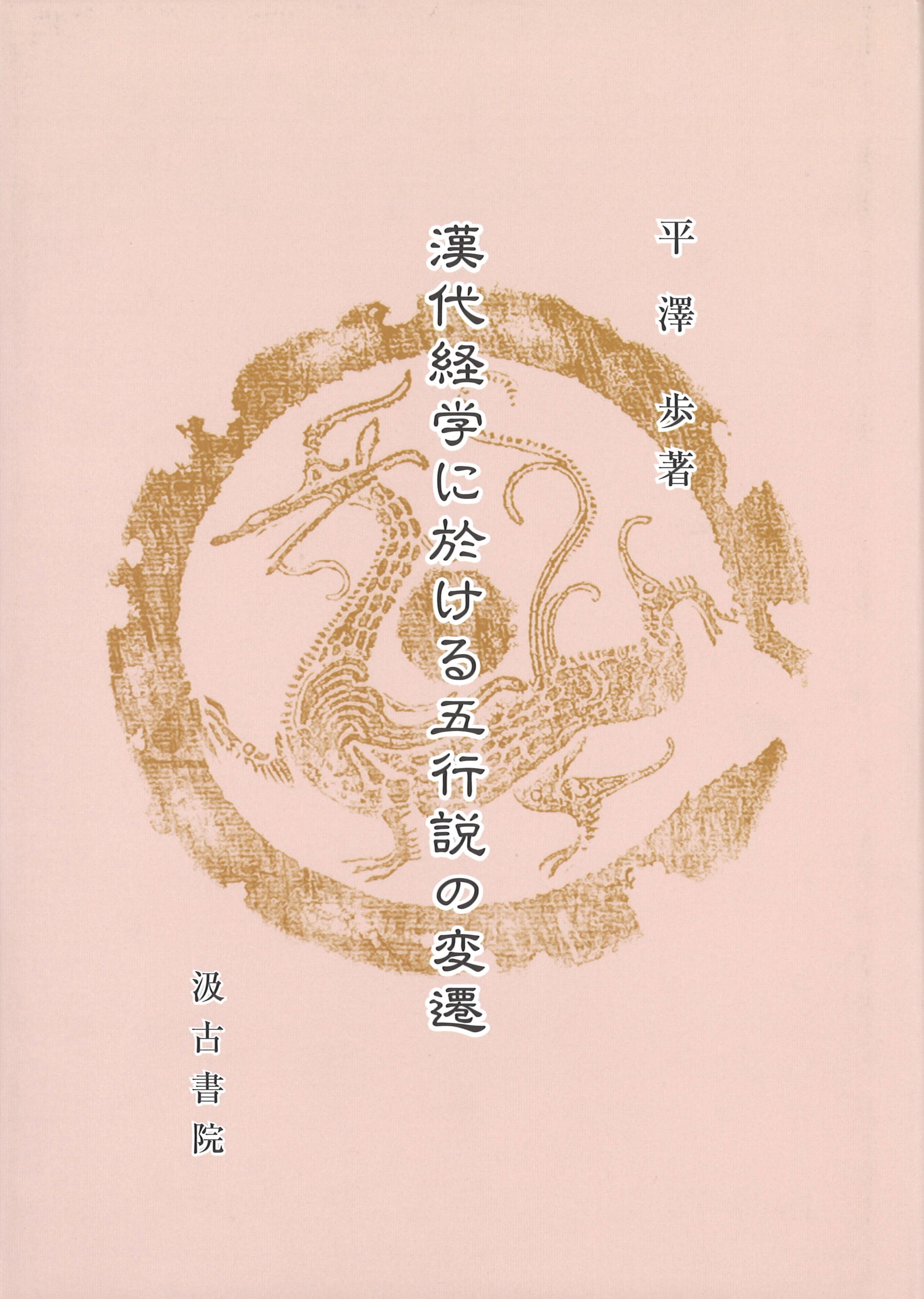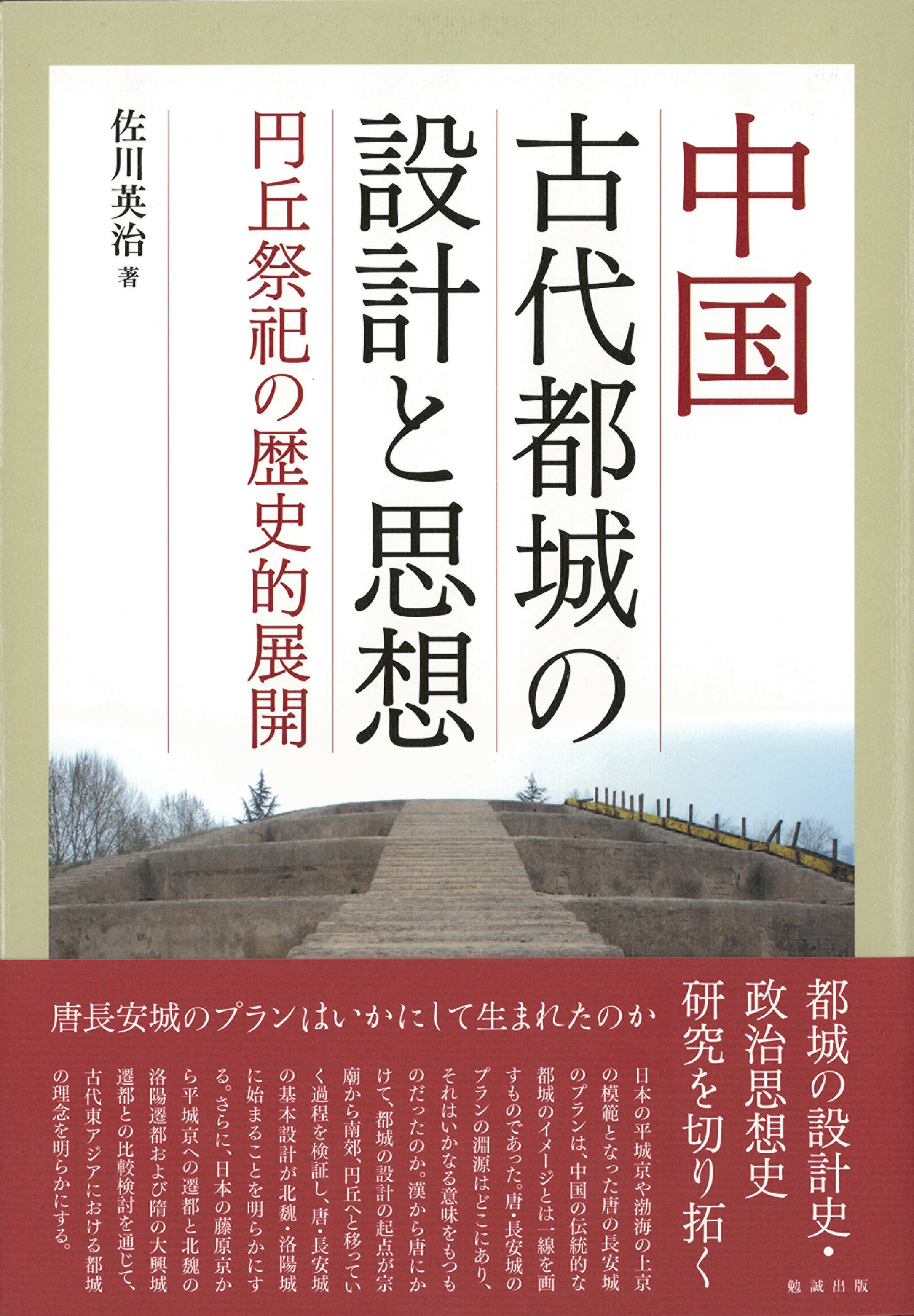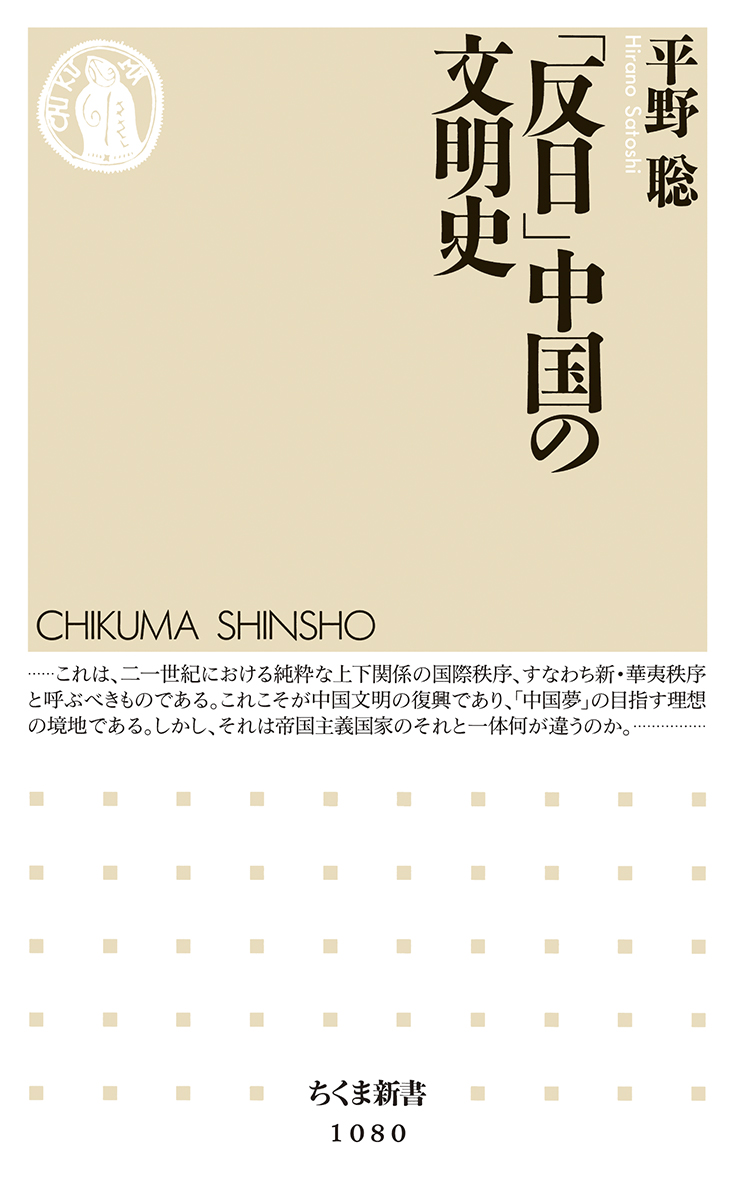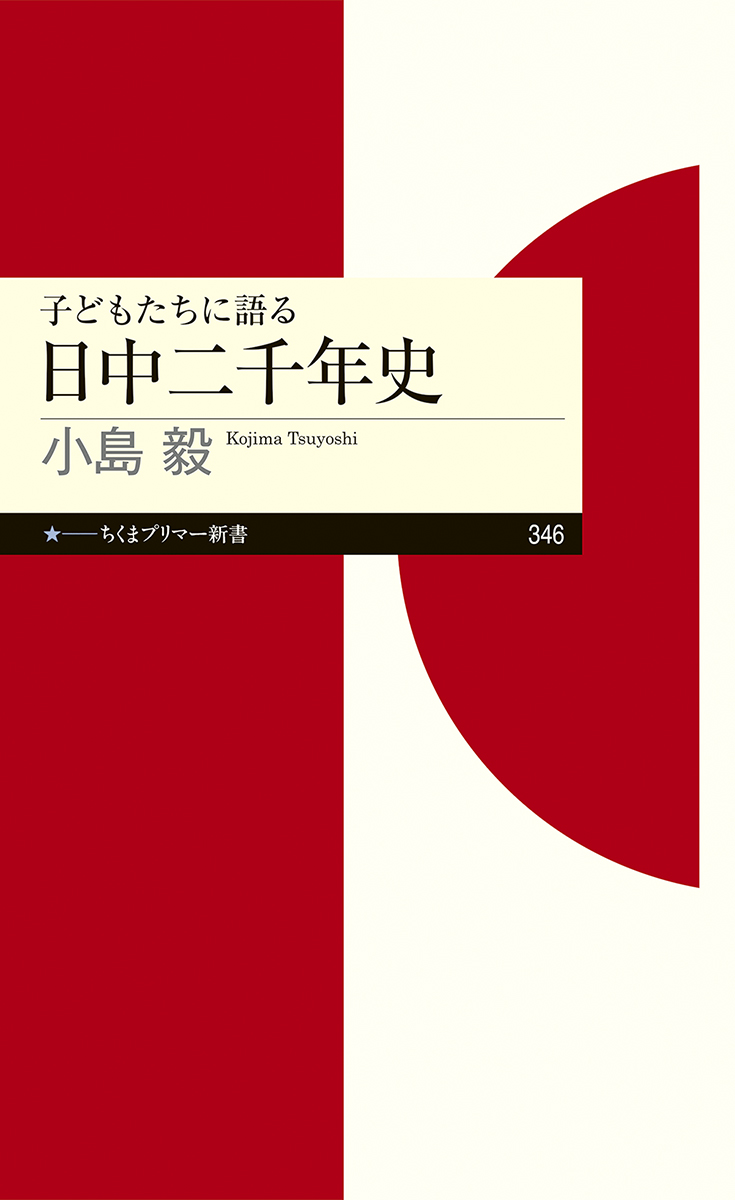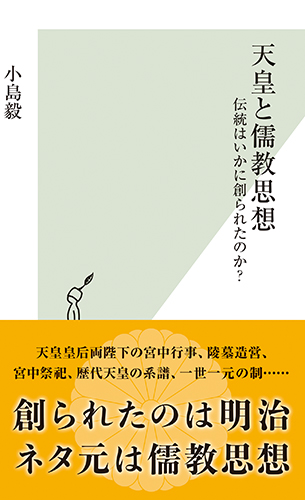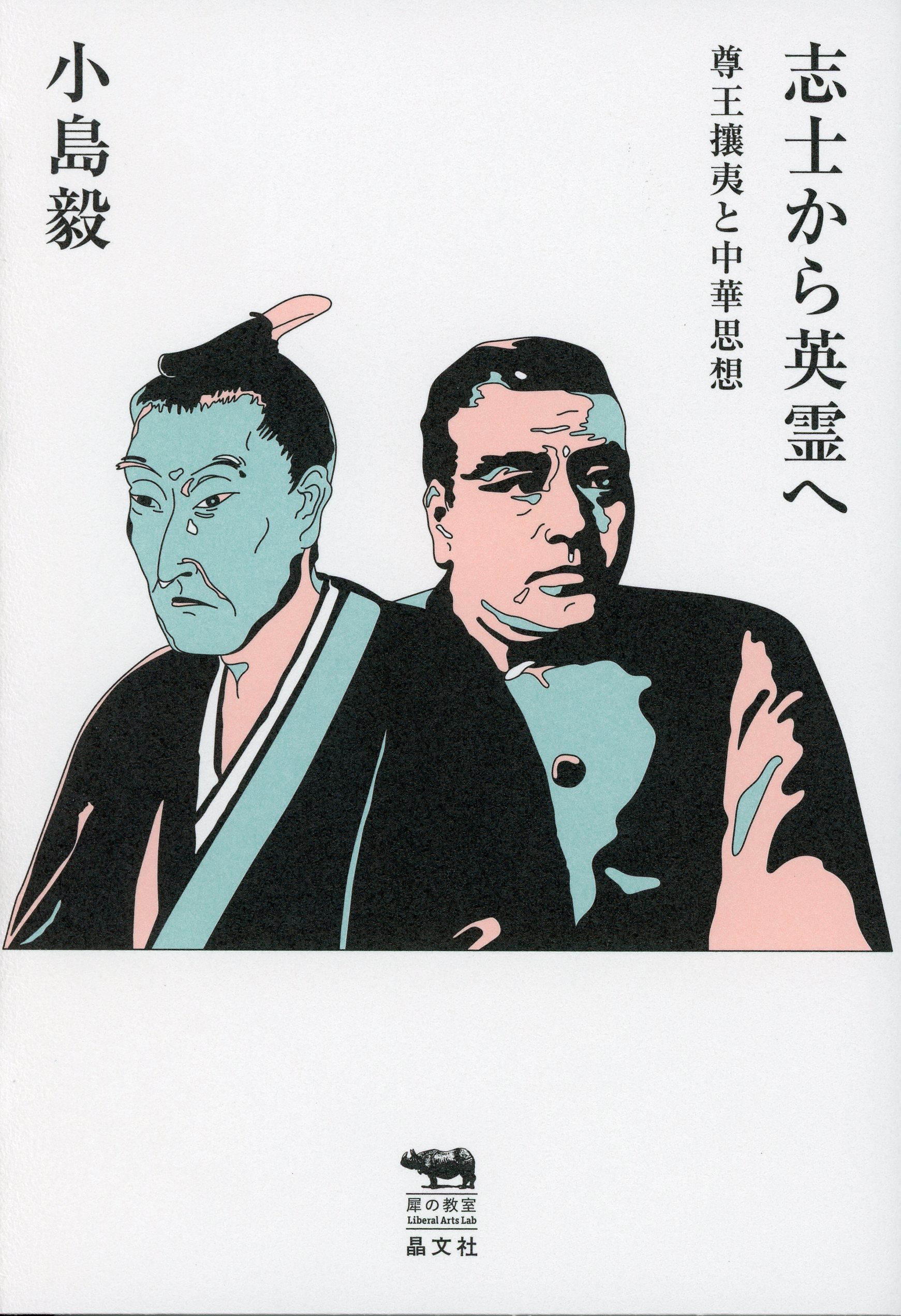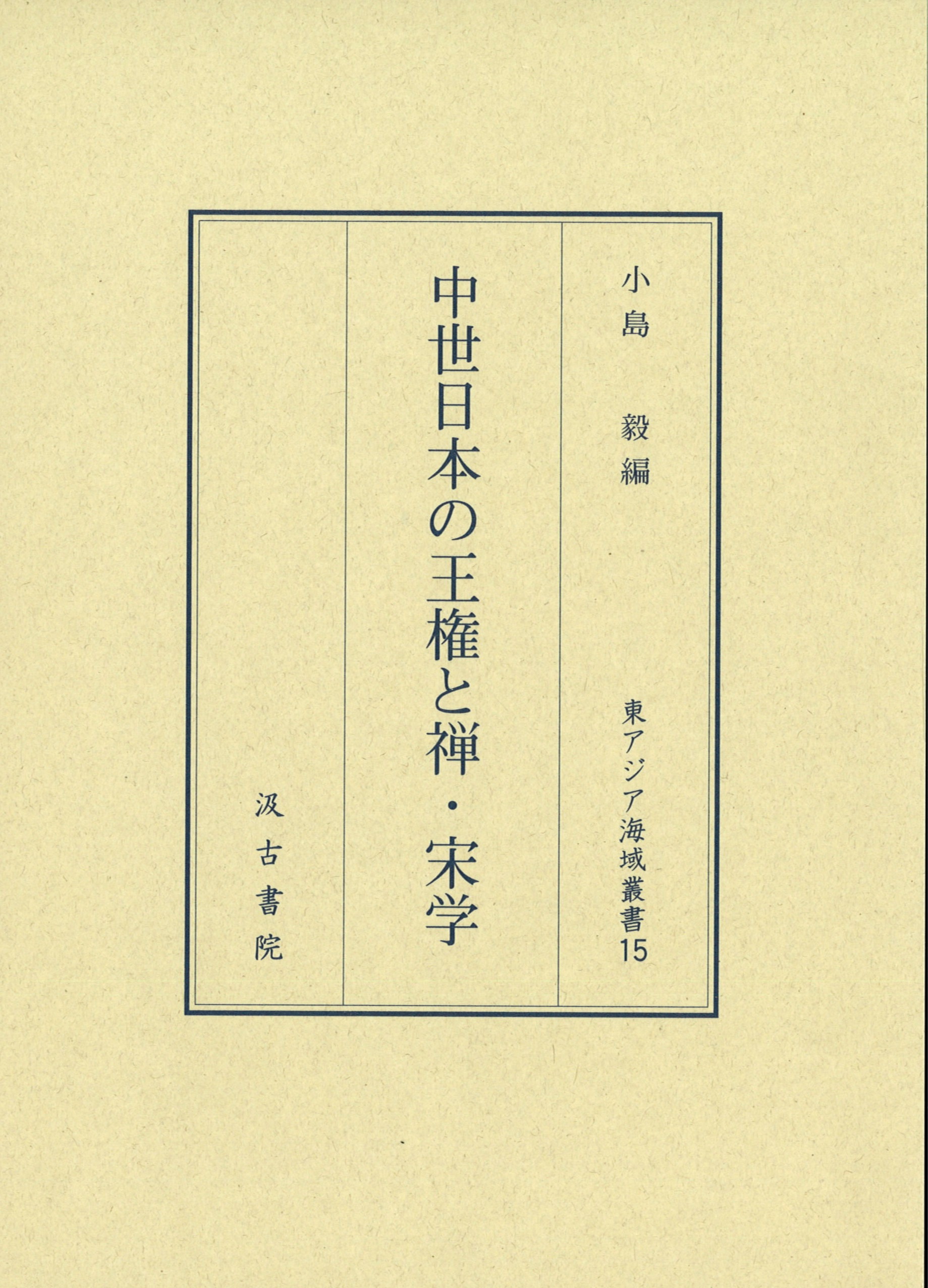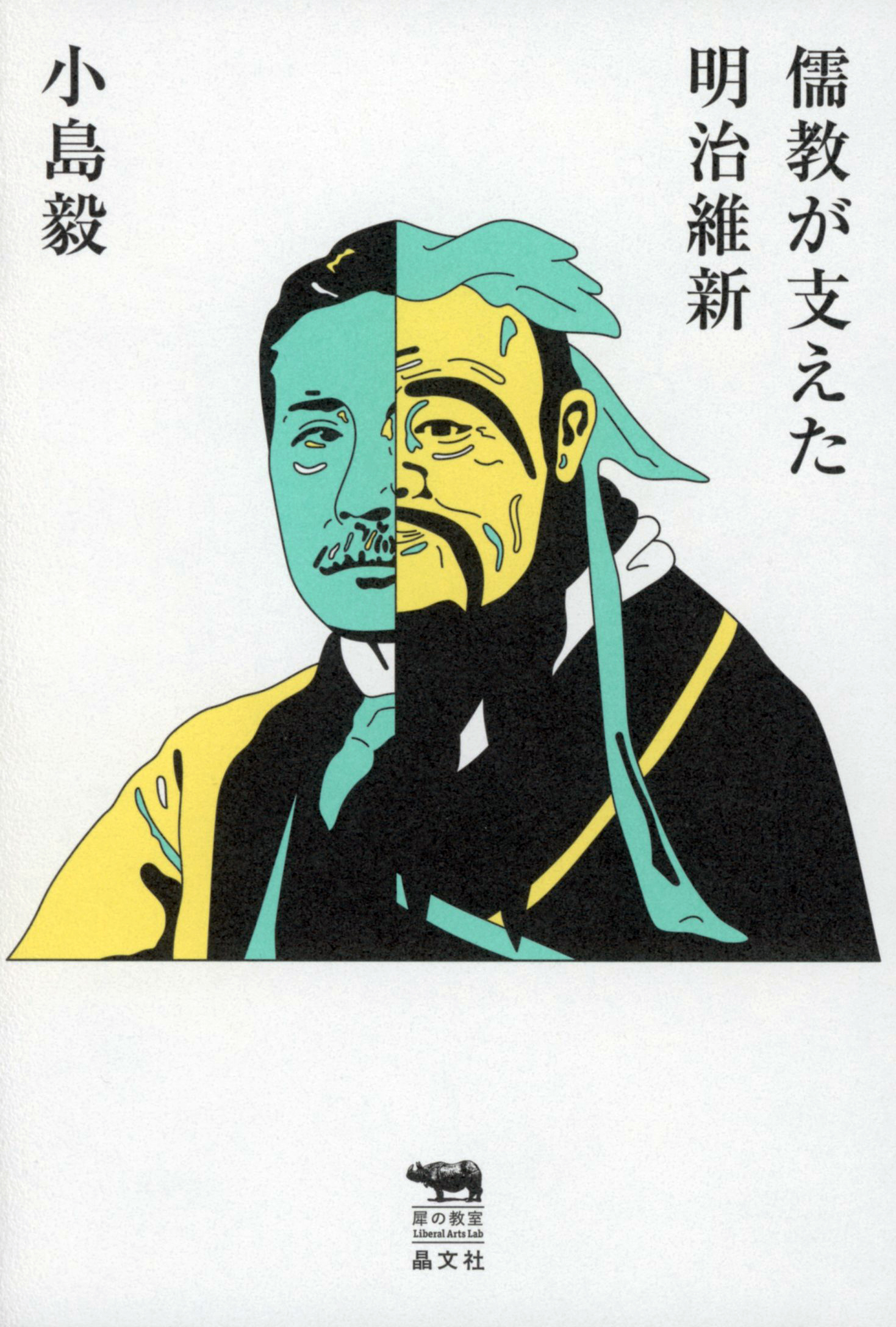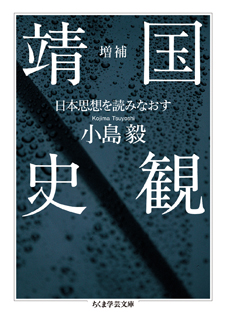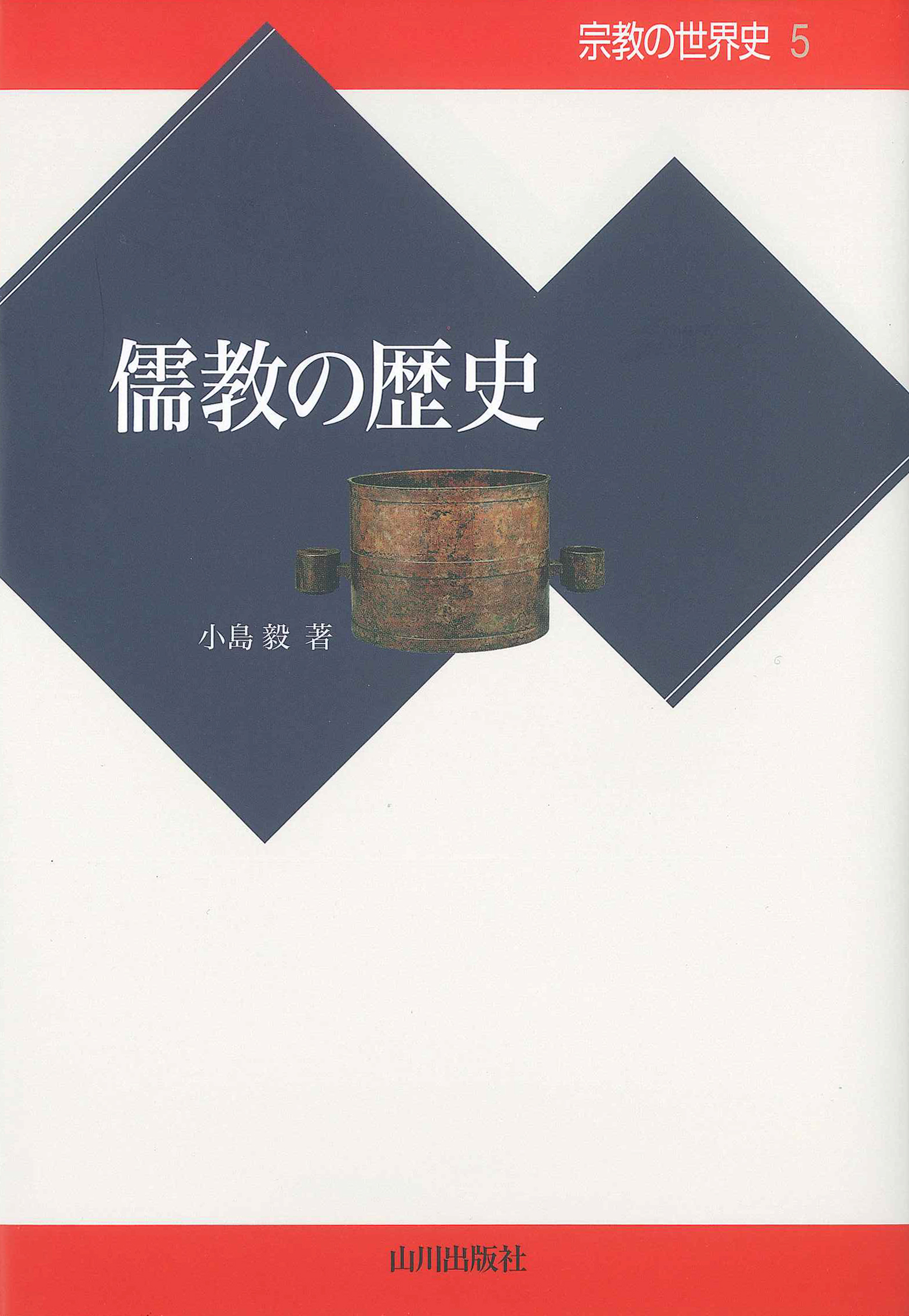
Title
Jukyou no Rekishi (A World History of Religion: The History of Confucianism)
Size
352 pages, 127x188mm
Language
Japanese
Released
May, 2017
ISBN
978-4-634-43135-5
Published by
Yamakawa Shuppansha
Book Info
See Book Availability at Library
Japanese Page
What sort of image does the word “Confucianism” evoke? If you took classes in classical Chinese, world history, or ethics at a Japanese high school, you may associate it with an old Chinese philosophy, the names of thinkers such as Confucius and Mencius, maxims such as “Don’t do to others what you don’t want others to do to you,” and a feudal system of morality based on the view that men are superior to women.
This book provides a comprehensive history of how the ideas of Confucianists, starting with Confucius, developed into the Confucianism that underpinned the dynastic system of the Han period and operated down to the modern period as China’s state religion.
When dealing with a religion, an overview of only its ideas and teachings would be no more than a doctrinal history and would not convey an overall picture of that religion. This is because the everyday lives of believers in their entirety, including rites and customs, are understood to constitute the content of a religion, and an account of a religion that does not mention any of this will end up being quite superficial. It seems to me that many so-called histories of Confucianism have in the past been of this type.
Of course, “teachings” are an important element of Confucianism, and because their popularity and vicissitudes have underpinned the history of Confucianism, they cannot be disregarded. While focusing on the development of Confucianism in the area of intellectual thought and philosophy and as a teaching of morals and ethics, in this book I have paid attention to how this affected actual rites and customs and what sort of “teachings” were propounded with the aim of bringing about such effects. Of course, not all of the everyday customs of people in East Asia in the past were due to the “teachings” of Confucianism. To what degree these customs are judged to have been due to the influence of Confucian teachings ultimately depends on the subjective and idiosyncratic views of the writer. Each person’s answer to the immense question of “What is Confucianism?” will also be related to this point.
In line with my own speciality and abilities, in this book I have placed emphasis on the question of sacrifices or religious rites related to kingship. Confucianism is a teaching that from the time of Confucius has attached importance to sacrifices. The Analects already records statements by Confucius concerning sacrifices in which the ruler participated. Once Confucianism came to function as a “teaching” that actually underpinned the way in which the ruler (emperor) conducted himself in the Han period, kingship sacrifices were reorganized along Confucian lines and debates occurred between Confucian scholars about the kinds of sacrifices and how they were to be performed.
Confucianism was born in China and from the Han dynasty onwards fulfilled a role in sustaining China’s kingship, but it also spread beyond China. This was because distinctive forms of kingship were established in surrounding regions through the acceptance of Confucianism. This phenomenon was especially pronounced to the east and south of China, and for historical reasons countries in the east and south that were newly emerging countries at the time have survived down to the present day without being incorporated into China’s territory. These are the countries of Korea, Japan, and Vietnam. While this book focuses on the development of Confucianism in China, it also touches on these countries so as to provide an overview of Confucianism throughout East Asia. Chapters have not been divided by country, and instead priority has been given to presenting the history of Confucianism in a chronological manner, with the situation in each country being described in parallel.
(Written by KOJIMA Tsuyoshi, Professor, Graduate School of Humanities and Sociology / 2018)



 Find a book
Find a book


